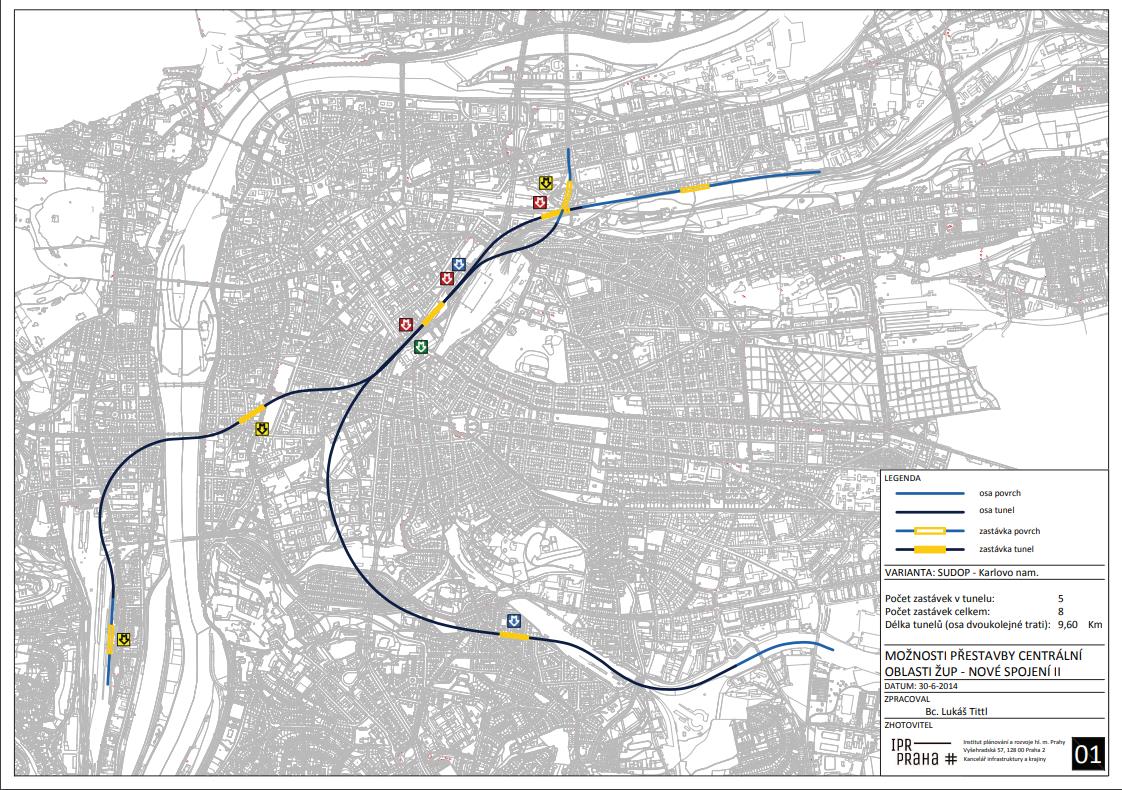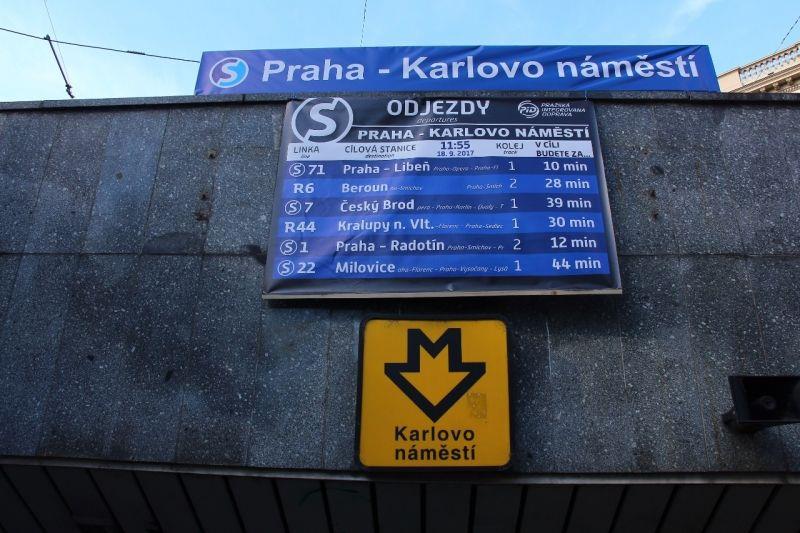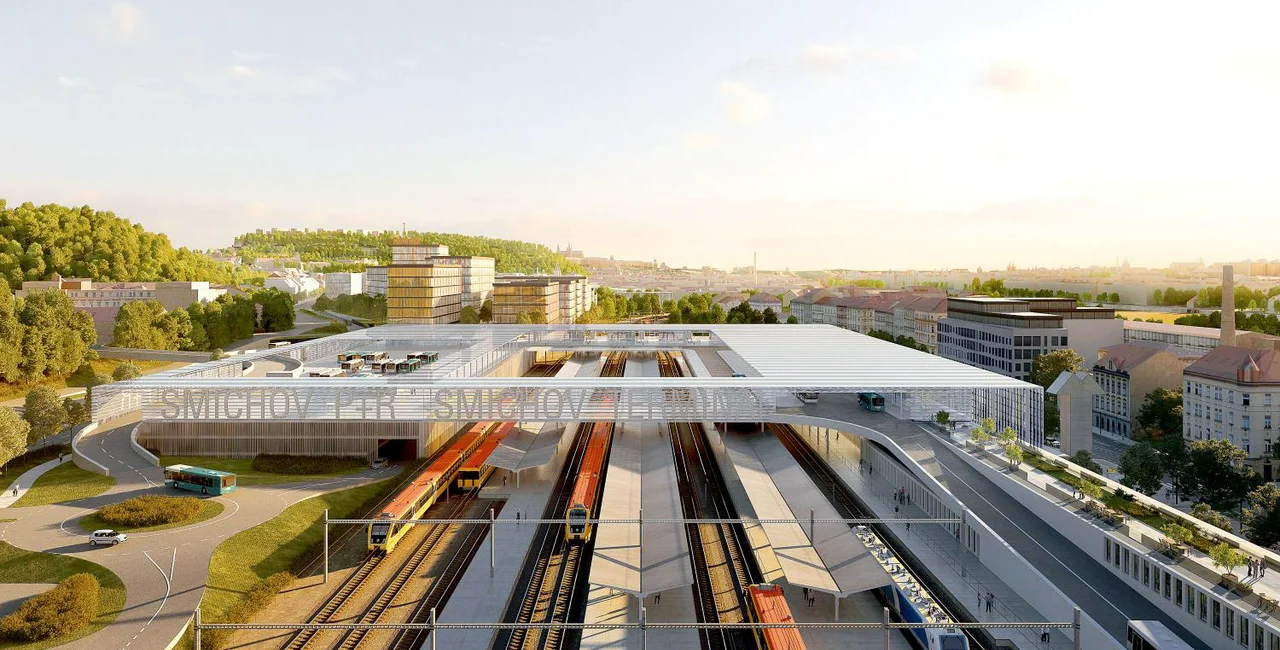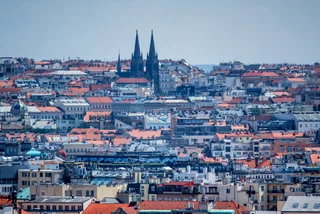Increased use of commuter trains is planned for the public transit of Prague and surrounding area.
Metro S, which would run classic trains in underground tunnels, should be added to the existing metro lines. The Railway Administration (SŽ) has taken the first step to turning the long-debated idea into reality.
The Railway Administration is now holding a tender to find a company to make a feasibility study that would give a clear view of what a railway line below Prague would look like. A winner of the competition for the study is expected by September. The study is expected to take 28 months from the signing of the contract and should be completed around the end of 2022.
The first excavations are not expected to start for at least 10 years, as the metro S line is just one of several large transit projects and they need to be coordinated. Since the exact routes are not known, it is difficult to estimate the costs. A preliminary estimate is approximately 50 billion CZK, but this is subject to large changes in either direction.
Several concepts already exist and will be assessed in the study. On the outskirts of Prague it is possible to consider the extending the existing above-ground rail lines, but in the city center the historic buildings prevent this.

The solution is to have approximately 10 kilometers of tunnels under the city with underground stops for the new commuter lines. The Railway Administration would finance the construction.
The main option, which is included in the Metropolitan Plan, has two tunnels connecting to the existing rail lines outside the city center. Both start in the area of Florenc and continue to the State Opera (Státní opera). There they will split. One will go below Karlovo náměstí and then under the Vltava to the planned transit hub at Smíchovské nádraží. The other will go to the Náměstí bratří Synků station on the planned metro D line.
Five new stops should be built underground for the commuter line: Karlovo náměstí, Státní opera (between the Muzeum and Hlavní nádraží metro stations), Nádraží bratří Synků, Smíchov and Florenc. All of them will be underground and will connect to metro stations. One above-ground stop would be created in Karlín.
REMOTE (EEA) Software Engineer – IntelliJ&n...

Prague Deputy Mayor Adam Scheinherr (Praha sobě), responsible for transport, said the added rail lines would make the Prague railway system the kind of transport that Praguers will really want to use. “Similar to other cities west of Prague, the railway will function as a fast metro network, which, in addition to Prague, also serves the Central Bohemian Region —hence the name metro S,” Scheinherr said, according to news server Aktualne.cz
While the railway currently is counted as part of Prague’s overall transit program, the stations are too far apart and too inconveniently located to be of optimal use. The planned metro S would create a network of stops with trains as frequent as on other metro lines. This would help relieve congestion on the existing metro lines.

Metro S would also benefit commuters from the Central Bohemia region. Now most trains from the suburbs end at Masarykovo nádraží. Commuters would be able to get directly to stops that are more convenient to their places of work.
Scheinherr sees the underground plan as the best option to expand the transit system. “The solution with underground suburban trains makes it possible to build a cheaper network of new underground stops in locations below the city center, where today there is no railway at all — such as Karlovo náměstí and Wenceslas Square,” says the deputy.
Filip Drápal, the spokesman for public transport organizer Ropid, said metro S is essential for the further development of suburban and urban railways. It is the only real possibility to ensure sufficient capacity after the construction of planned domestic and international high-speed lines, he added.
The city has already made some provisions for the new metro S. A transfer point is included in the design of the Náměstí bratří Synků stop on metro D, and the planned transit hub in Smíchovské nádraží also counts on including the line. Scheinherr said the new barrier-free entrance to the Karlovo náměstí metro station was designed so to allow for a future rail station.
Metro S would take a large part of the trains that would have gone to Masarykovo nádraží. Scheinherr says that the station will continue to be important in the future, but the types of trains that stop there may change. The planned express train from Václav Havel Airport Prague and Kladno will still end at Masarykovo nádraží, for example.
Czech Railways (ČD) recently invested considerable resources in the renovation of Masarykovo nádraží, and a large administrative center and business zone, designed by late architect Zaha Hadid,is planned for the surrounding area.












 Reading time: 4 minutes
Reading time: 4 minutes 


 Swedish
Swedish
 Finnish
Finnish
 Danish
Danish
 Norwegian
Norwegian
 French
French
 Polish
Polish




















